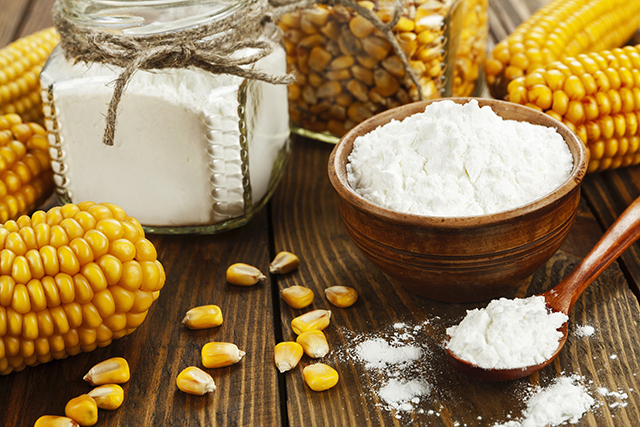How to easily grow a bay leaf tree
07/28/2018 / By Russel Davis

Laurel leaf, more common known as bay leaf, is a kitchen staple that gives soups and stews better flavor. Aside from being a primary flavoring agent, bay leaves have significant medicinal properties that improve the body’s overall health. Bay leaves are rich in antioxidants and organic compounds that keep free radicals in check. The leaves also reduce blood sugar, cholesterol and triglyceride levels, and promote efficient insulin use in the body. Bay leaf’s strong aroma promotes salivation, which in turn triggers enzymes essential for digestion.
The other benefits of bay leaf consumption include acne prevention, pain relief, cold and cough prevention, and wound healing. Bay leaves are heavy on nutritional value that cultivating it may prove beneficial for the overall health. This article will walk you through the entire process of caring for a bay leaf tree.
Confined cultivation: Grow bay tree in a pot
Bay laurel trees cannot stand freezing temperatures. These woody plants prefer full sun exposure and blooms between spring and summer. The plant is relatively easy to grow in a pot. Below are useful tips in growing the plant:
- It is important to note that bay laurel best grows in a pot with a draining hole and a well-draining container soil.
- You may start using a small pot, and gradually upgrade into a bigger pot once the plant is too big for its home.
- Bay laurel seeds take a long time to germinate. It might be more useful to opt for a transplant.
- Water the potted plant deeply and let the soil dry out slightly in between.
- Bring the plant indoors during cold climates as frost negatively affects its growth. It is also beneficial for the plant to be placed in slightly shaded areas to avoid extreme exposure to the sun and heat.
- Trim the plant during spring when it starts regrowing.
- Fertilize the plant when it shows vigorous growth. Do not forget to replenish the top soil with fresh potting soil during years when the the plant is not repotted.
In-ground cultivation of bay laurel tree
Bay laurel trees can be grown from cuttings, which should be taken in the late summer. Air-layering helps speed this process. Air-layering is done by wounding the tree and patching it with sphagnum moss to facilitate root formation. Once the roots form in the wound, the stem or tree can be trimmed and prepared for in-ground planting.
When growing bay laurel in a garden, make sure that the plant is placed in a well-drained soil with a generous amount of compost. Plant the trees during their semi-dormant state in early spring to attain better results. It is also important to protect the from strong winds and extreme temperatures due to its weak wood.
Bay laurel trees require minimal maintenance such as watering, fertilizing, and pruning. Make sure to water the plants regularly, especially during the scorching summer season. Insufficient water supply can definitely stress the trees out.
Use organic fertilizers twice a year: once in spring and once in summer. Pruning should also be done twice a year during early spring and late summer. Aside from the regular pruning schedules, you should also watch out for new stems/shoots and prune them accordingly, leaving only the original trunk behind. Prune the foliage by about two to three inches off the branches.
The leaves can be harvested anytime of the year, but the larger, more mature leaves contain the best flavor.
Read more gardening guides at Homesteading.news.
Sources include:
Tagged Under: Bay leaf, gardening, gardening skills, home gardening, homesteading, indoor gardening, laurel tree



















